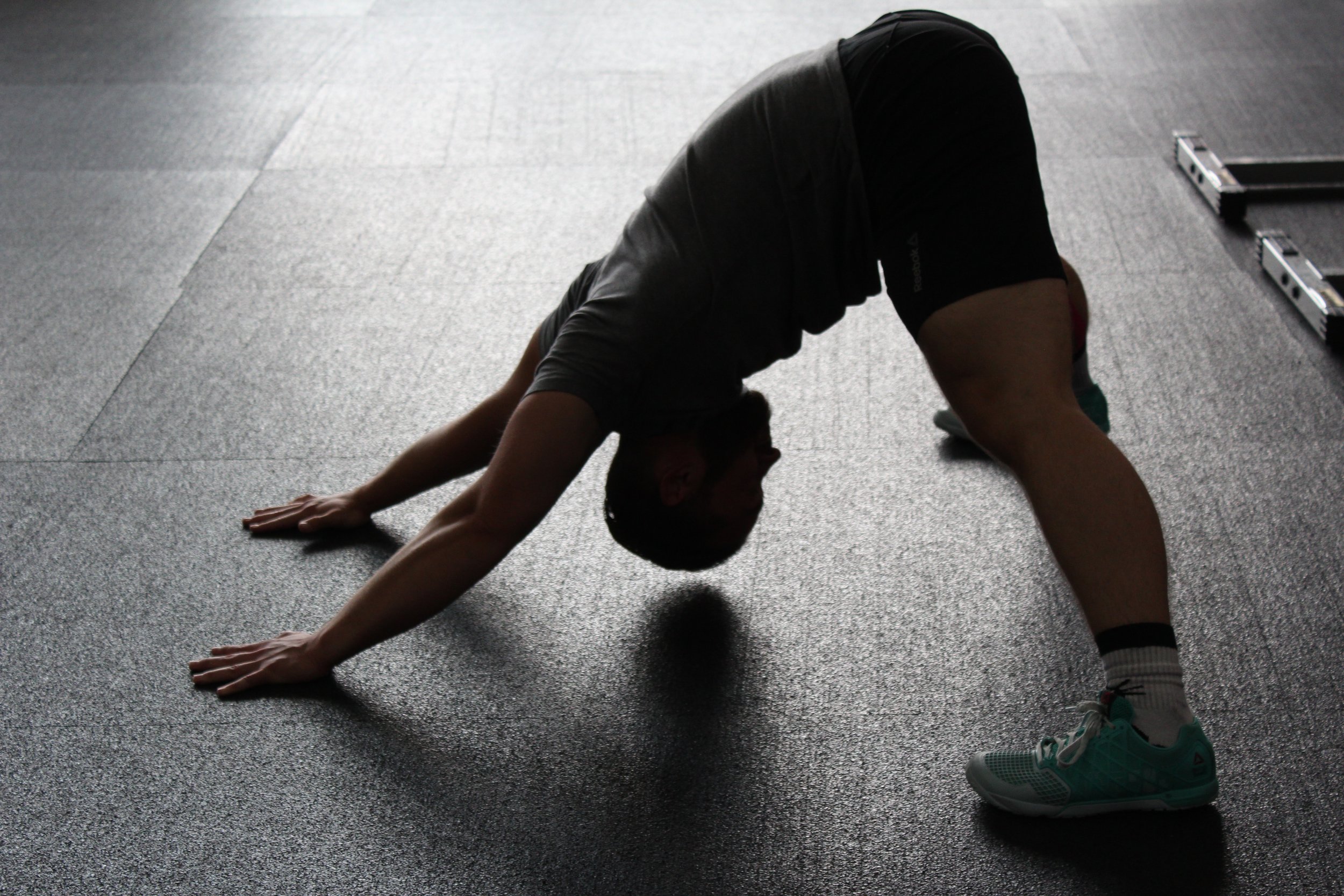Stretching either dynamically or statically has long been shown to create both short and long term improvements in flexibility, but the mechanism of action behind this form of exercise continues to evolve. Changing human tissue takes considerable time and consistent forces. For example, consider muscle growth or bone density adaptions to exercise. Previous research on the benefits of stretching assumed a structural change in the muscle (sarcomeres in series) was responsible for improvements in muscle flexibility, but more recent research demonstrates improvements in stretch tolerance are more responsible for these positive changes. A recent article examined these mechanisms in a group of individuals with limited hamstring length.
Brusco and colleagues assessed the impact of static hamstring stretching in a group of individuals with limited hamstring flexibility (Eur J App Physiology. 2019). Participants performed a seated hamstring stretch on an isokinetic machine to their maximum tolerance. Hamstrings were stretched for 8 bouts of 60 seconds, twice a week for 6 weeks. Total duration under stretch equaled 96 minutes over the 6 weeks. Authored measured both flexibility and muscle characteristics before and after the study. Consistent with prior research each individual’s range of motion improved but no changes in muscle tendon mechanical properties were noted. This indicates improvements in flexibility were secondary to the improvements in an individual’s tolerance to stretch. Thus, trained individuals were conditioned to tolerate more stretch as they moved through the study.

